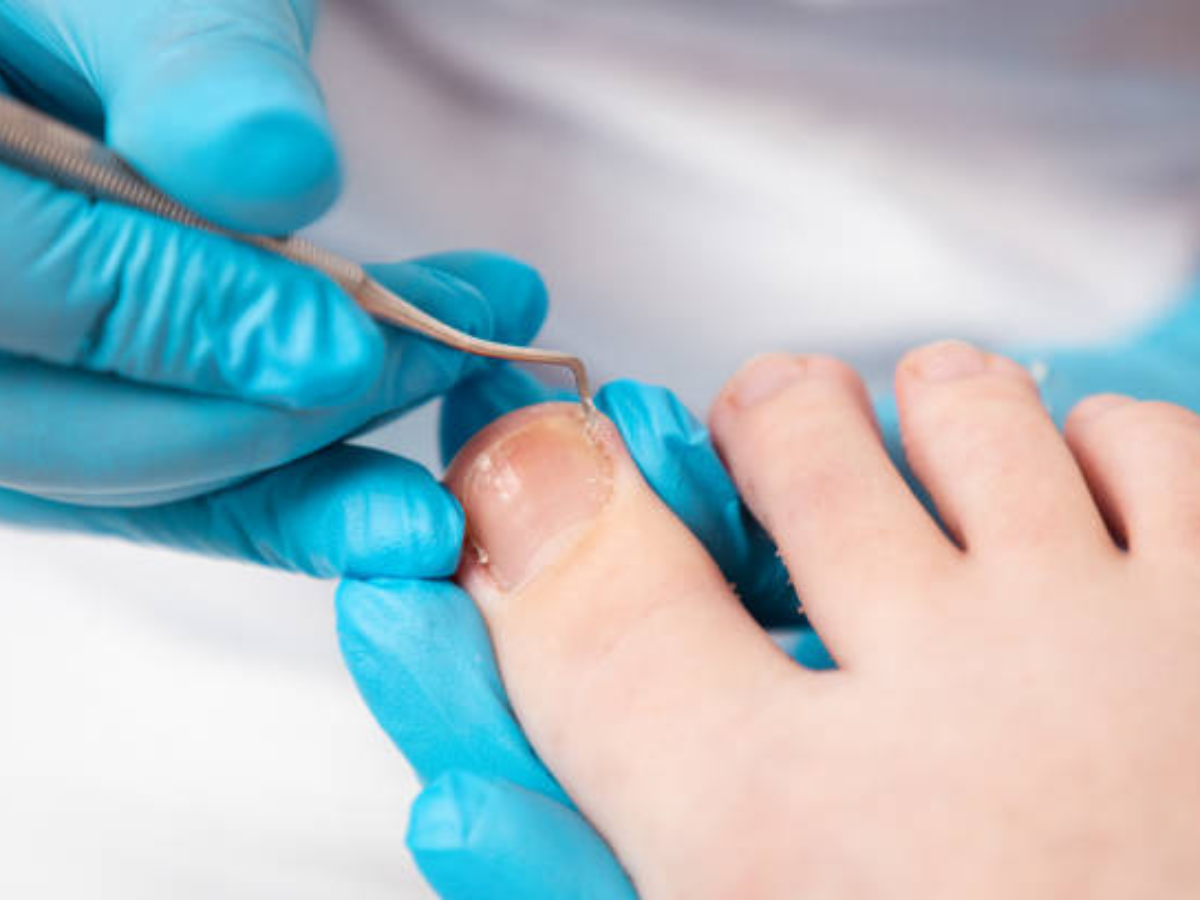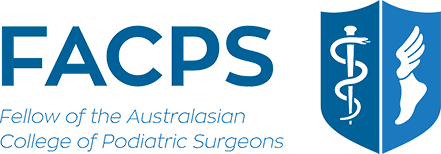When Heel Pain is Not Getting Better: Amanda's Story
For as long as she could remember, Amanda had been living an active, fulfilling life. She enjoyed spending time with friends, going on weekend hikes, and even the simple pleasure of walking her dog in the park. But twelve months ago, a nagging pain in her heel began to rob her of her joy. It started as a dull ache, but soon every step felt like walking on broken glass. The diagnosis? Plantar fasciitis. To make matters worse, she was also experiencing symptoms of tarsal tunnel syndrome.
Amanda threw everything she had at the pain. She tried resting, icing, and changing her footwear. She invested in custom orthotics, followed rigorous exercise routines, and took anti-inflammatories regularly. She underwent shock wave therapy sessions, hopeful that each session would be the one to make a difference. Cortisone injections offered brief relief, but the pain always came back, often worse than before.
Her quality of life declined rapidly, making standing for long periods at work unbearable. Social outings became rare, as she dreaded the inevitable pain, with friends commenting they could see the pain in her face. It permeated every aspect of her life, turning even the simplest activities into ordeals. She missed out on hikes, family gatherings, and even trips to the grocery store became daunting.
One particularly painful morning, as Amanda struggled to make it from her bed to the bathroom, she realised she couldn't go on like this. It was time for a different approach. She booked an appointment with Michael Taranto, one of our Podiatric Surgeons, ready to discuss surgical options.
At the consultation, Michael listened to Amanda’s story with empathy and understanding and together they reviewed her history and explored surgical options. Michael assured Amanda that her investments in orthotics weren't wasted—they would remain an important part of her treatment regime even after surgery. Amanda felt a glimmer of hope for the first time in months, and though she wasn’t looking forward to the recovery, she knew the time had come for surgery. Michael explained the realistic expectations around pain reduction and the potential to regain quality of life.
Amanda's story is a reminder that sometimes, despite our best efforts with non-surgical measures, seeking the expertise of a Podiatric Surgeon can be the turning point. If you, like Amanda, have been struggling with persistent heel pain and have exhausted all other options, it might be time to take the next step. Come see one of our Podiatric Surgeons, Michael Taranto or Julie Taranto, to discuss your options and start enjoying the simple things in life again. Your future self will thank you.



